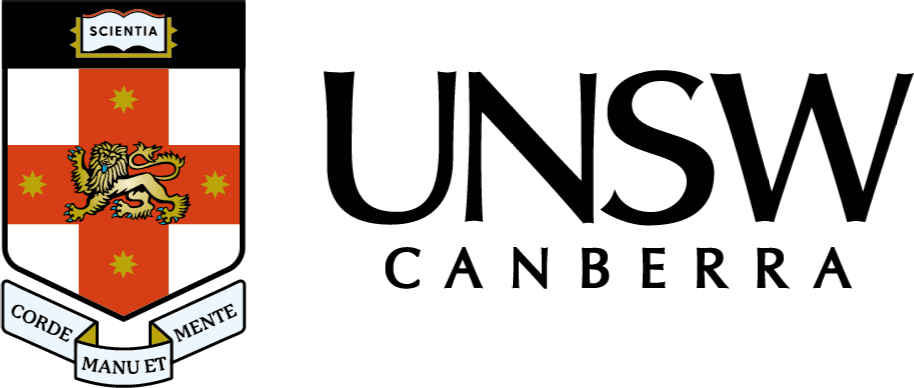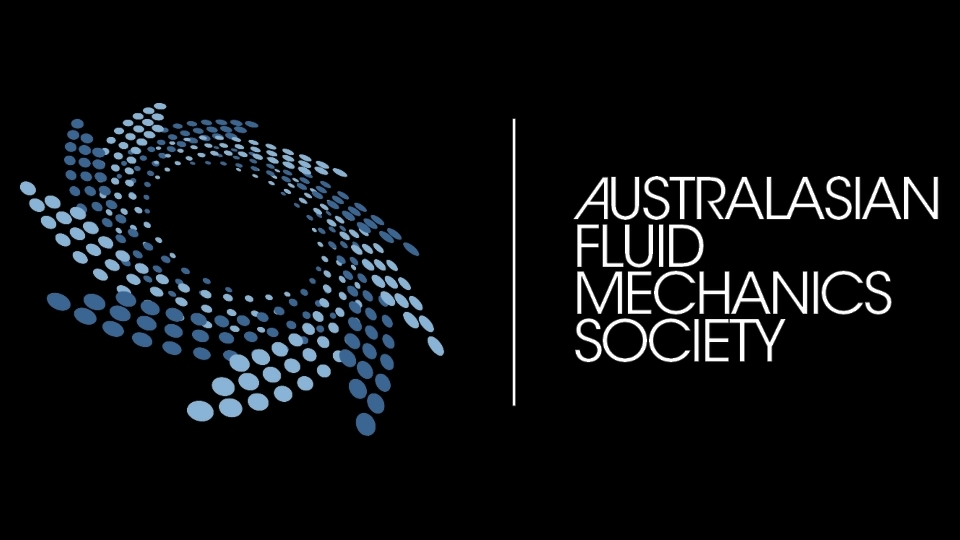Laboratory Tours
We have organised three major laboratory tours for AFMC2024, to be held 3-6pm on Wed 4 December. You were asked to make your selection with your registration.
All attendees will be required to observe specific safety protocols, which will be communicated to you on entry. In some laboratories, you will be issued with and required to wear personal protective equipment (PPE).
Please note that our tours were heavily over-subscribed. We therefore had to make some reductions in numbers for each tour, due to limitations in capacity. Your tour allocations will be informed to you shortly, and also at the registration desk during the conference.
Buses for each tour group will depart Hotel Realm at approximately 3:05 pm on Wed 4 December. Your ticket for the tour will be checked - do not forget it! The tours will run until approximately 5:30 pm, returning by bus to Hotel Realm at about 6:00 pm.
UNSW Canberra
The UNSW Canberra tour will include tours of the Supersonic Laboratory, the Impact Laboratory and the Aircraft Safety Studio.
The Supersonic Laboratory incorporates the Supersonic Wind Tunnel and Shock Tube Laboratory, which houses a Mach 2 to 3 blowdown supersonic tunnel and two shock tube facilities. These are used to investigate steady and non-steady high-speed flows. Due to limited space in this laboratory, only a small group will be able to conduct this tour.
The Impact Dynamics Laboratory is used to test the performance and functionality of materials by subjecting them to a range of extreme loading conditions, including shock loading, ballistic loading, dynamic tension, compression and shear. Diagnostic techniques are used to understand the precise impact of extreme dynamic stress.
The Aircraft Safety Studio is a space dedicated to flight simulation for teaching concepts such as aviation safety, aircraft performance, aircraft design, and flight stability and control. It is equipped with two aircraft flight simulators and a large projection screen with three projectors, to show a panoramic view from the cockpit of either flight simulator. We will demonstrate how this is integrated with our teahcing in aircraft design, so students can (vitually) fly the aircraft they have designed.
We ask that all attendees wear appropriate (closed) footwear, and follow any specific safety protocols.
ANU / NCI
The ANU/NCI tour will include visits to the Big Dish and Physics Laboratory, both part of the Plasma and Fluids Research in the Research School of Physics, Australian National University. A third tour will be conducted of the National Computational Infrastructure (NCI) laboratory on ANU campus.
The Big Dish tour will offer valuable insights into our research on the fluid mechanics of the Big Dish technology, currently being commercialised by Sunrise CSP. Recent contributions of this facility include research on natural convection heat loss from the cavity receiver, and model-predictive control to stabilise outlet flow conditions under transient solar radiation.
The Physics Laboratory tour will offer valuable insights into our research on the contributions the ANU is making to conceiving, designing and testing propulsion systems for spacecraft. The visit will start with an introductory talk in a seminar room followed by a laboratory visit.
The National Computational Infrastructure (NCI) is Australia’s one of two Tier-1 high-performance data, storage and computing organisations, providing expert services to benefit all domains of science, government and industry.
We ask that all attendees wear appropriate (closed) footwear, and follow any specific safety protocols.
CSIRO
This tour will explore the cutting-edge research at the CSIRO National Bushfire Behaviour Research Laboratory at Black Mountain, ACT. This will include (1) the CSIRO Bushfire Behaviour and Suppression team, (2) the Pyrotron and (3) the CSIRO Vertical Wind Tunnel (VWT).
The Pyrotron is a 29-metre-long combustion wind tunnel that enables safe, repeatable and controlled experiments of fire in bushfire fuels. It is used to study a variety of topics, including the investigation of physical processes involved in fire behaviour, the nature of emissions from different burning conditions and the effectiveness of suppressants and retardants.
The VWT is designed for the detailed study of the combustion and aerodynamics of firebrands and embers. These can be lofted and carried large distances before falling to the ground to start spotfires, which are the main cause of bushfires escaping containment and house ignition.
This lab visit will include a tour of the laboratory, presentations on the research conducted by the team and live demonstrations of the Pyrotron and VWT. Attendeees will have a unique opportunity to witness groundbreaking fire science up close!
We ask that all attendees wear appropriate (closed) footwear, and follow any specific safety protocols.

